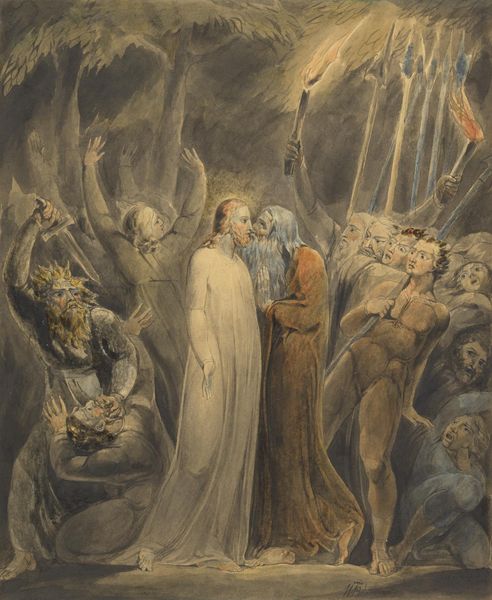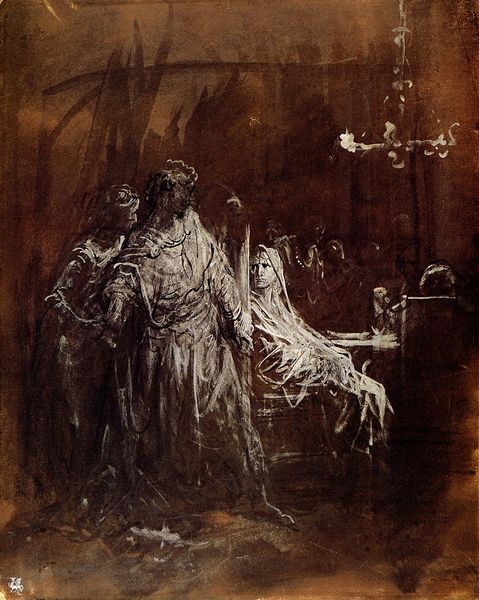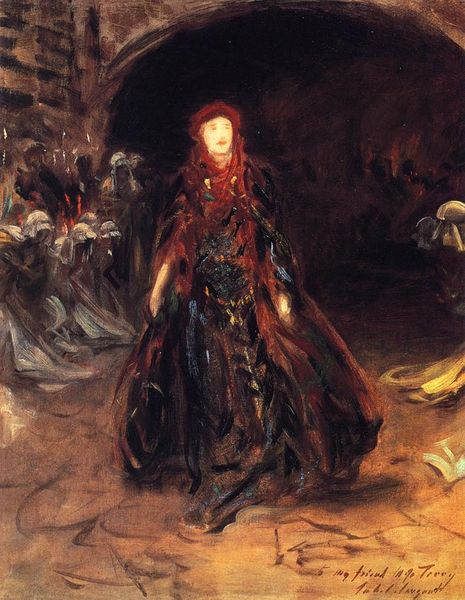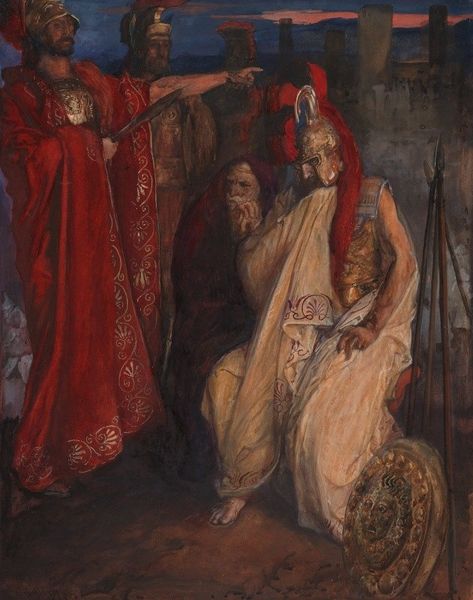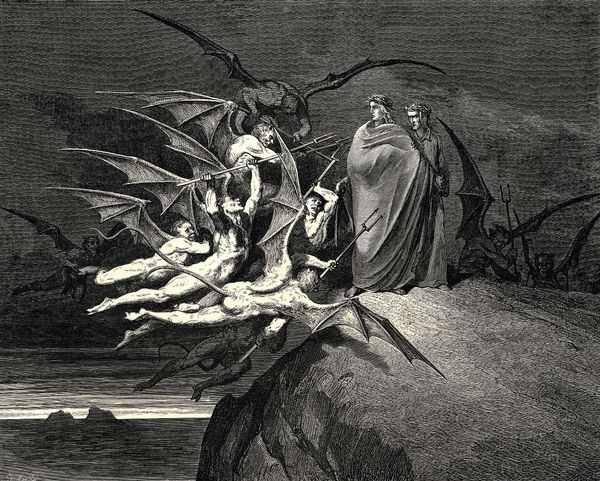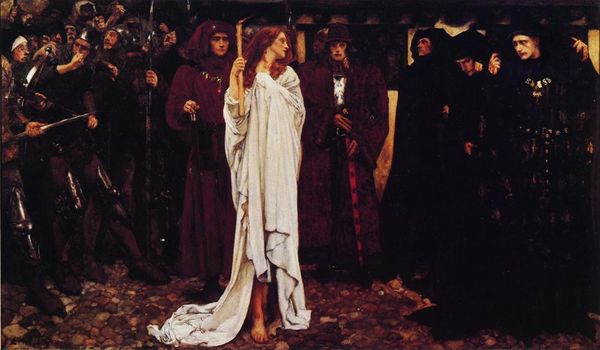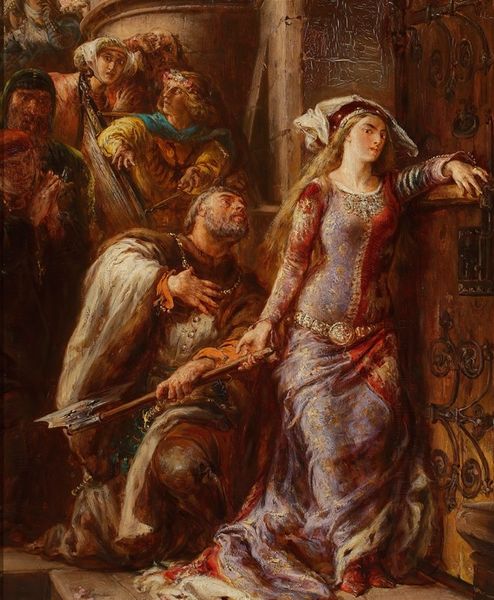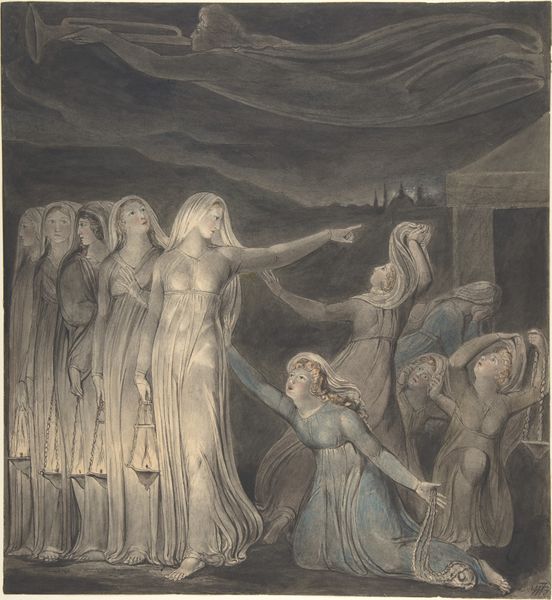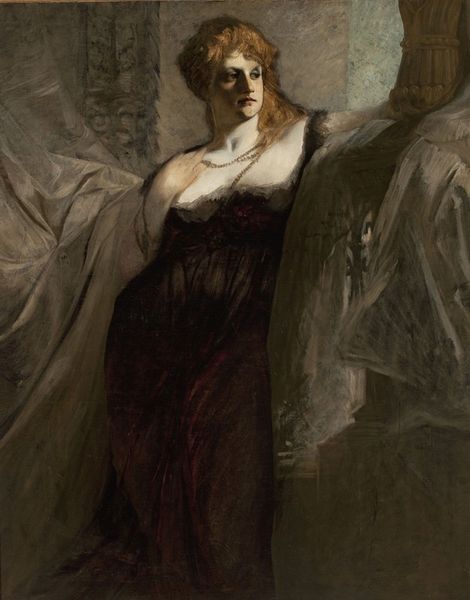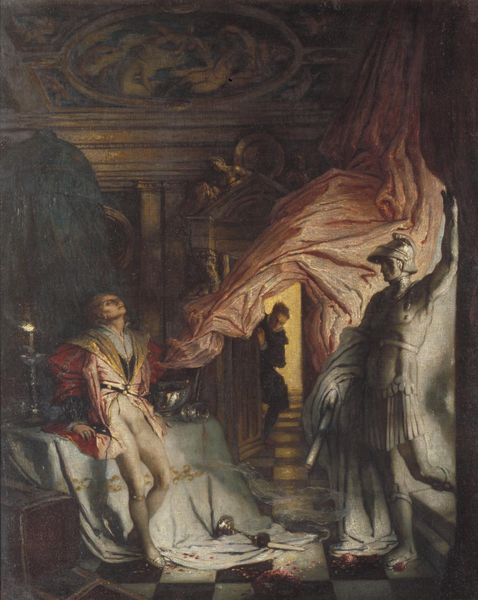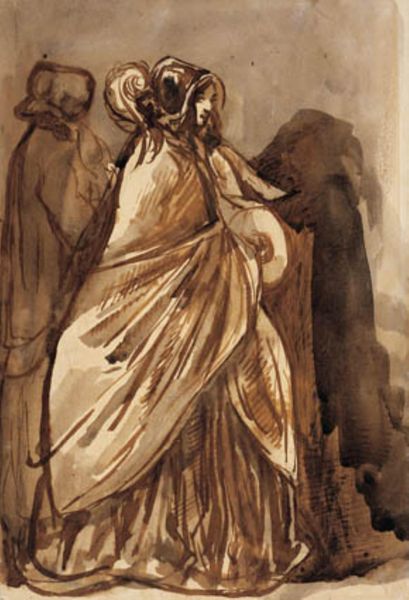
Copyright: Public domain
Editor: This is John Singer Sargent’s "Ellen Terry as Lady Macbeth" from 1906, rendered in oil paint. The scale is imposing, and the monochrome palette certainly amplifies the drama. How do we interpret the cultural significance of a painting like this, showing a famous actress in a Shakespearean role? Curator: Well, paintings such as this one existed at the nexus of theatre, celebrity, and national identity. Consider Ellen Terry; she wasn’t just an actress, but a cultural icon. This image solidified her status, blurring the lines between Terry, Lady Macbeth, and idealised womanhood, and it also demonstrates a fascination with powerful female figures in the public imagination at the turn of the century. Does her attire tell us anything, do you think? Editor: The dark dress seems quite important in this representation of womanhood? I would have imagined that Lady Macbeth’s representation should involve more traditional attire of royalty in the context of Shakespeare's Macbeth. Curator: Absolutely, her costuming contributes to the public perception of not only Lady Macbeth, but also of the actress Ellen Terry. Note that Sargent was not just capturing a likeness but constructing an image for public consumption. The painting itself becomes part of the mythology surrounding both figures, blurring reality with theatrical performance and popular historical imagination. It even shapes the reception of Shakespeare! How do we understand Sargent's goals as part of this process of imagery politics? Editor: So, Sargent is contributing to the theatre and celebrity world by picturing Terry? In addition, is the museum and art world itself a collaborator that elevates actors to mythic status by creating images for the masses? Curator: Precisely. The artwork’s place within institutions like the National Gallery also reinforces that narrative, cementing its historical and cultural importance and allowing us to understand Sargent's artwork through social, cultural, and institutional history. Editor: Fascinating! So much more than just a portrait on a wall, then. I now understand a new side to its reception, which will enrich my museum visit and inform my approach to all visual media. Thank you for revealing these socio-political forces and imagery politics that contextualize Terry's portrait. Curator: Indeed. The convergence of art, theatre, and the public sphere certainly complicates our understanding of a seemingly straightforward portrait, wouldn't you say?
Comments
No comments
Be the first to comment and join the conversation on the ultimate creative platform.
